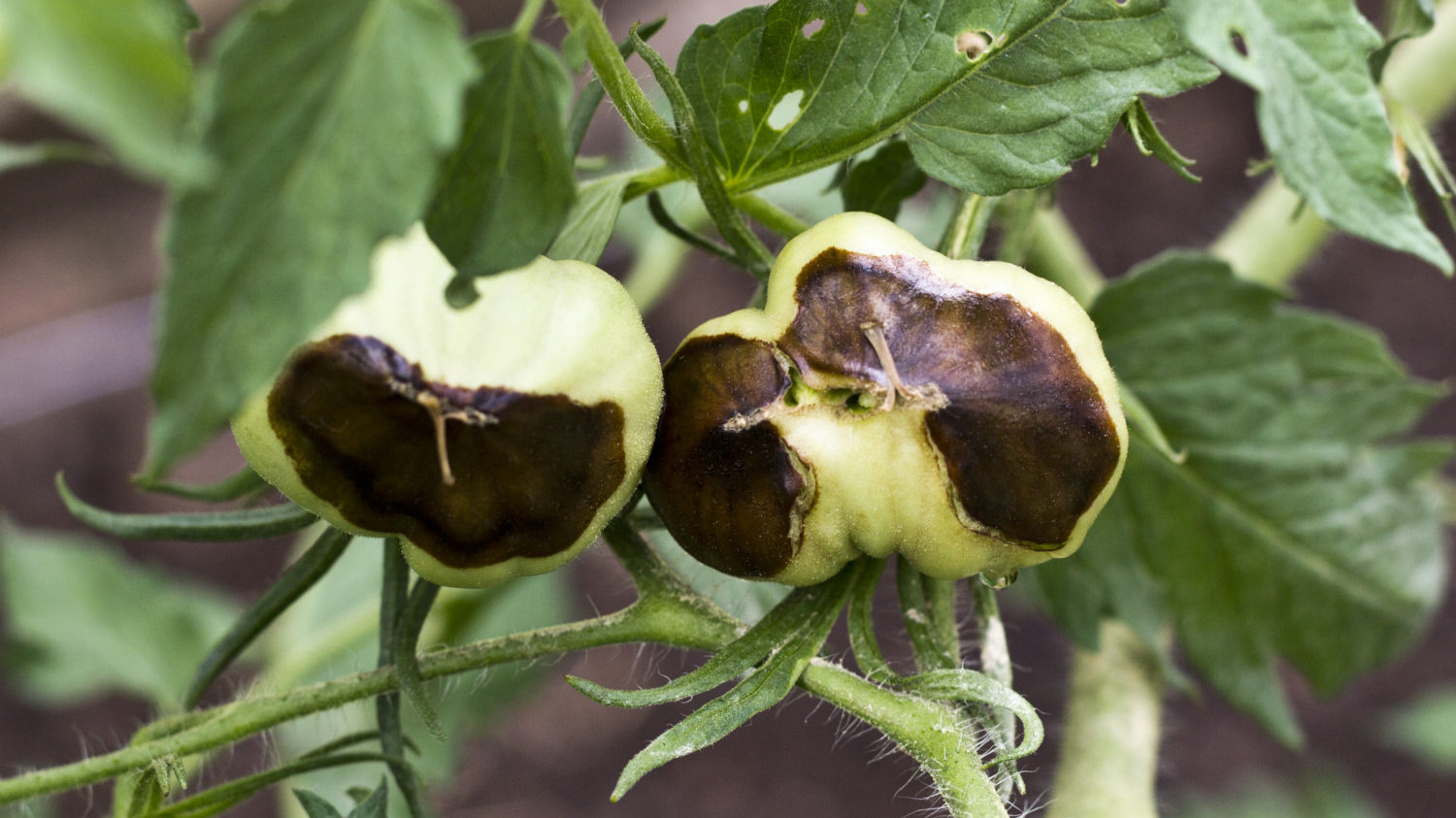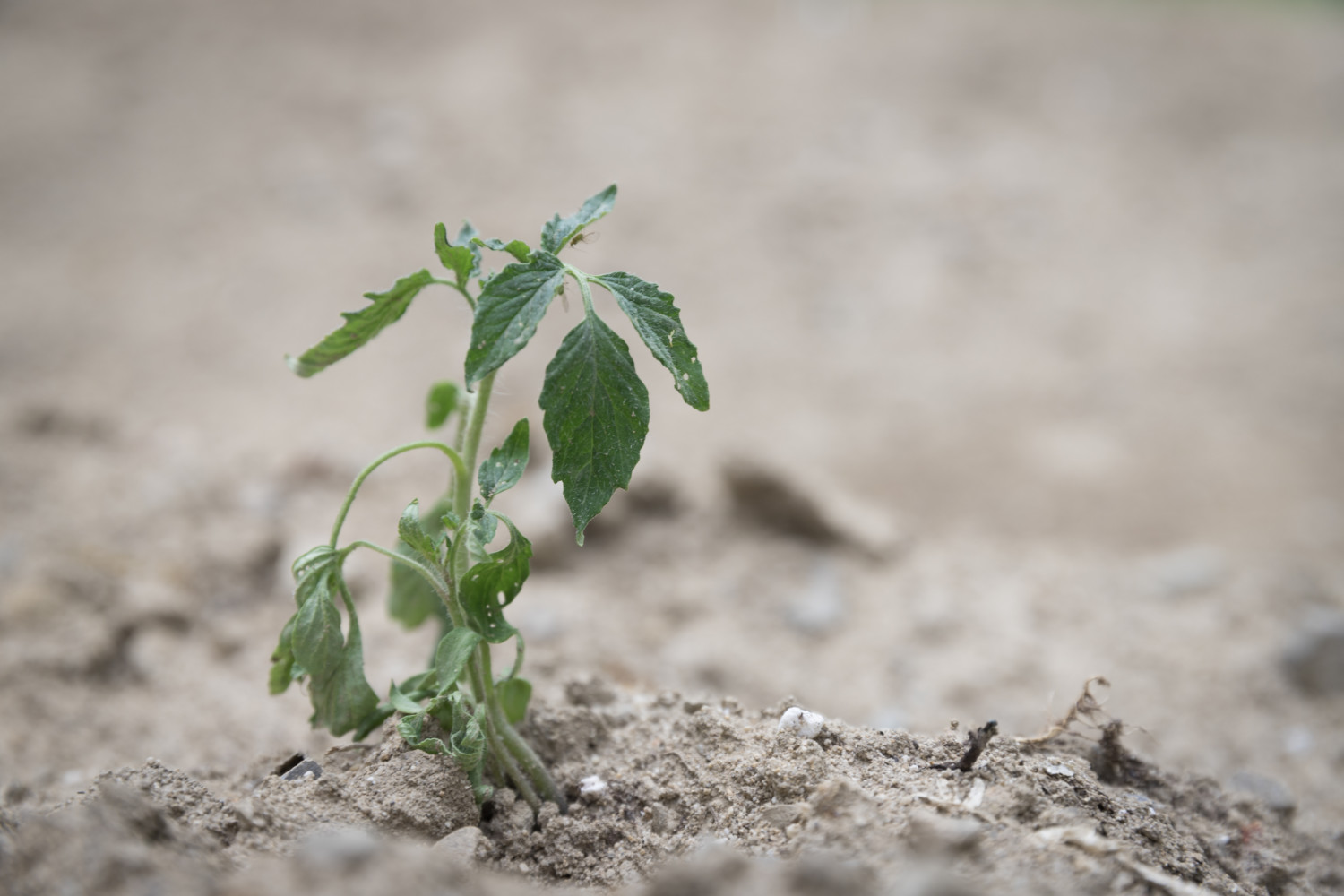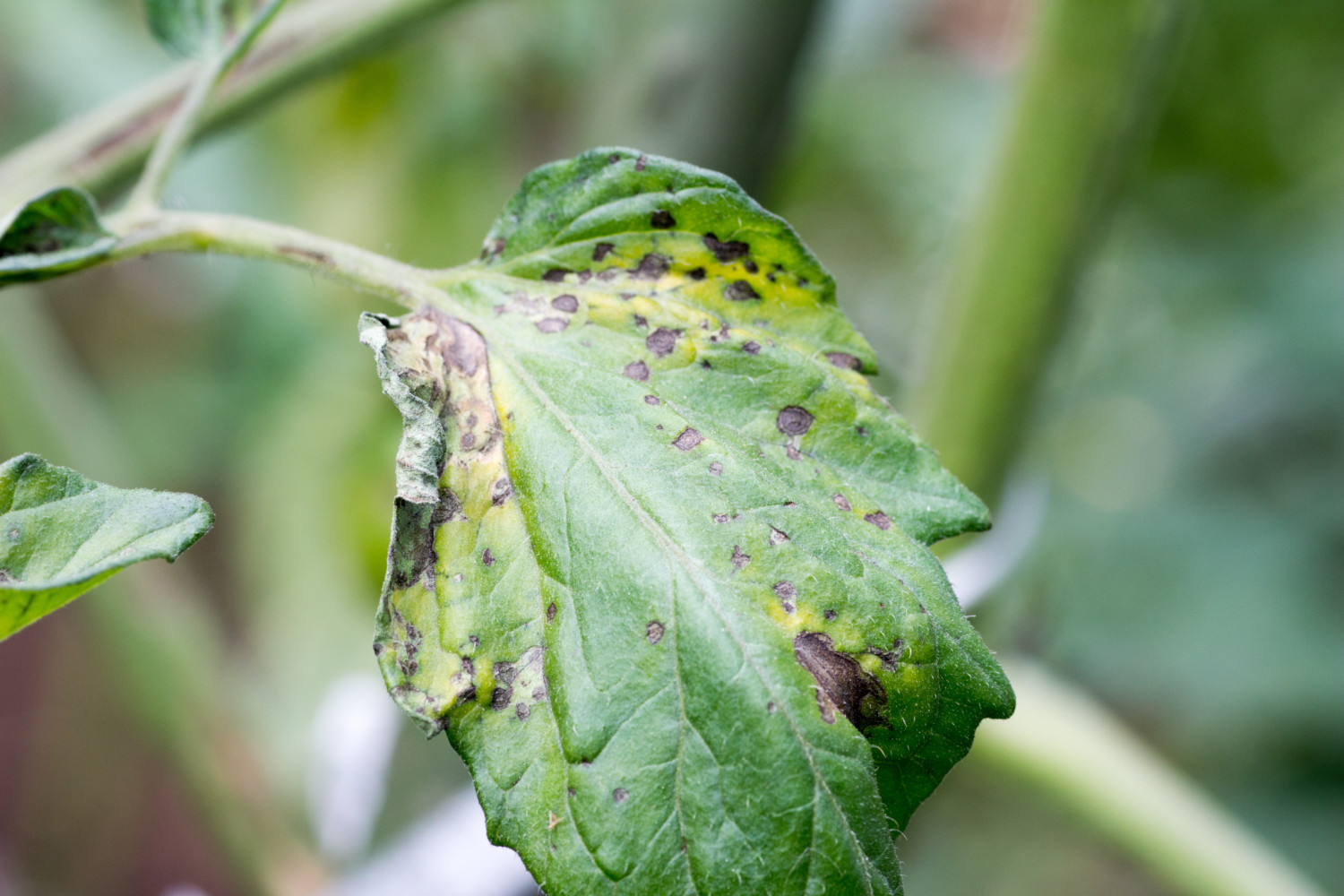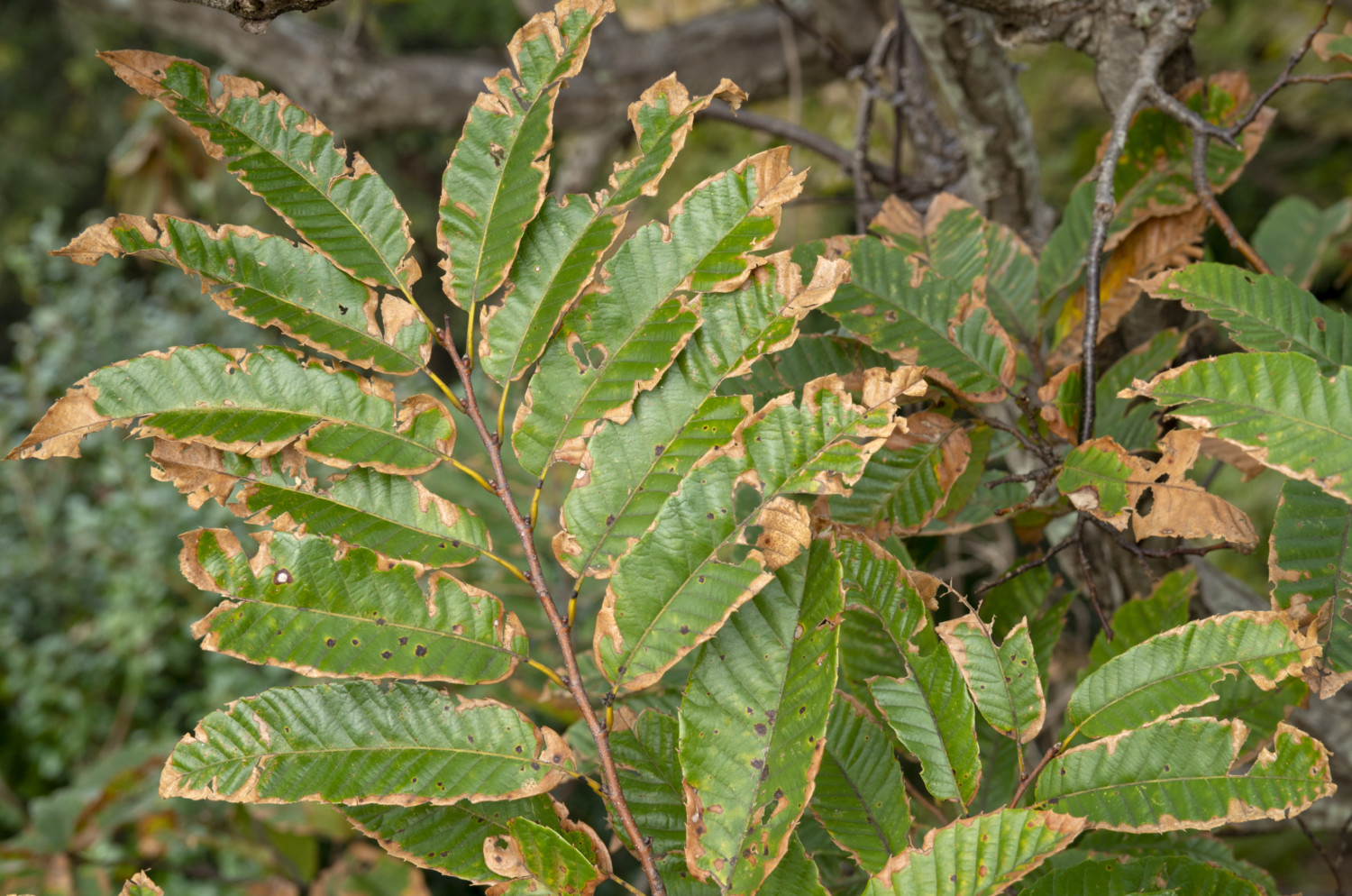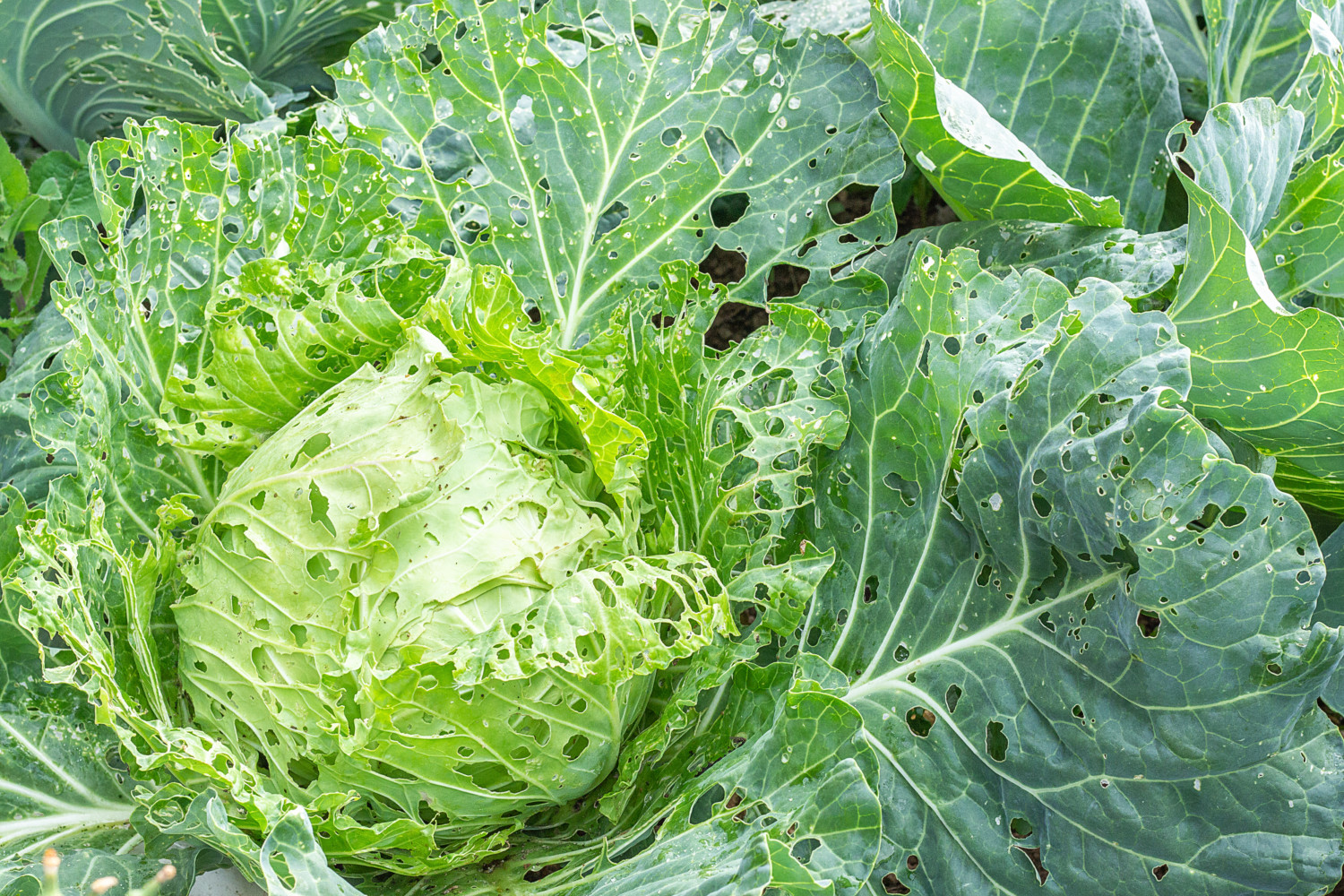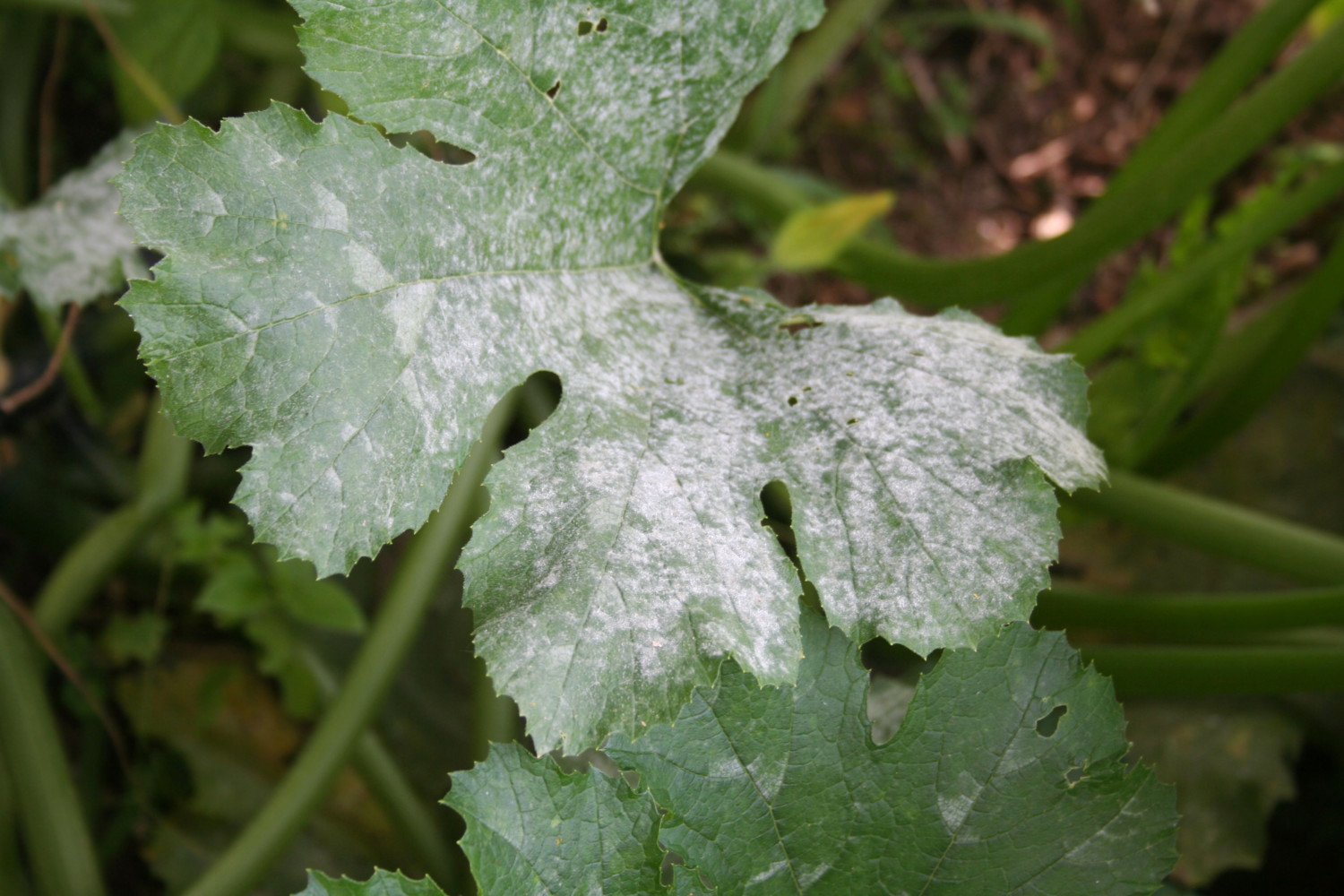These telltale signs indicate something’s wrong in your garden
Gardening can save you money on fresh produce, lower your stress and even help the environment. But if your plot of land isn’t thriving the way you expected it to or you are noticing some out-of-the-ordinary appearances, your garden might be trying to tell you something. Learning about symptoms of several garden problems and solutions to resolve them can get you back on the path to harvesting an abundant and delicious crop.
Wilted Seedlings
If your seeds are not sprouting or grow up a little only to wilt, a couple of issues might be the cause. Start by checking the soil. If it is too dry, seedlings might wilt and die. It is essential to keep the soil evenly moist. However, avoid overwatering. Too much water or a combination of high humidity and warm temps can cause rotting roots or stems or lead to a fungal disease called damping off. Once damping off has gripped your young plants, no fungicide will cure it, so prevention is key.
Discolored Foliage
When your crop’s leaves are not as lush or green as they ought to be, your garden is trying to tell you something. Bleached areas can point to sunburn, so find a way to provide some shade. Frost damage can lead to black spots and a ragged appearance is likely from exposure to rain, hail or wind. If the leaves are discolored, the plants are likely lacking certain nutrients. Pale green can indicate a nitrogen deficiency; yellow leaves suggest an iron deficiency and unexpected red or purple tints hit at insufficient phosphorus.
Leaves Look Scorched
Fortunately, scorch does not usually denote disease. Unfortunately, it is an indication that the plants are struggling with environmental stress. The weather conditions might be unfavorable for that plant or
it could have an injury from chemicals, such as fertilizers. Make sure your garden is receiving adequate water, sunshine and protection from the elements. When fertilizing, follow the manufacturer’s instructions, measure carefully and only do so in autumn or early spring.
Blossom-End Rot
Vegetables such as tomatoes, peppers, eggplants or squash that seem to be rotting at the bottom might be suffering from blossom-end rot. This disorder is caused by a lack of calcium in the plant. Instigators include wide fluctuations in soil moisture, excessive nitrogen, improper pH or salt levels in the soil and root damage. Trim off the damaged plants after diagnosing and correcting the issue.
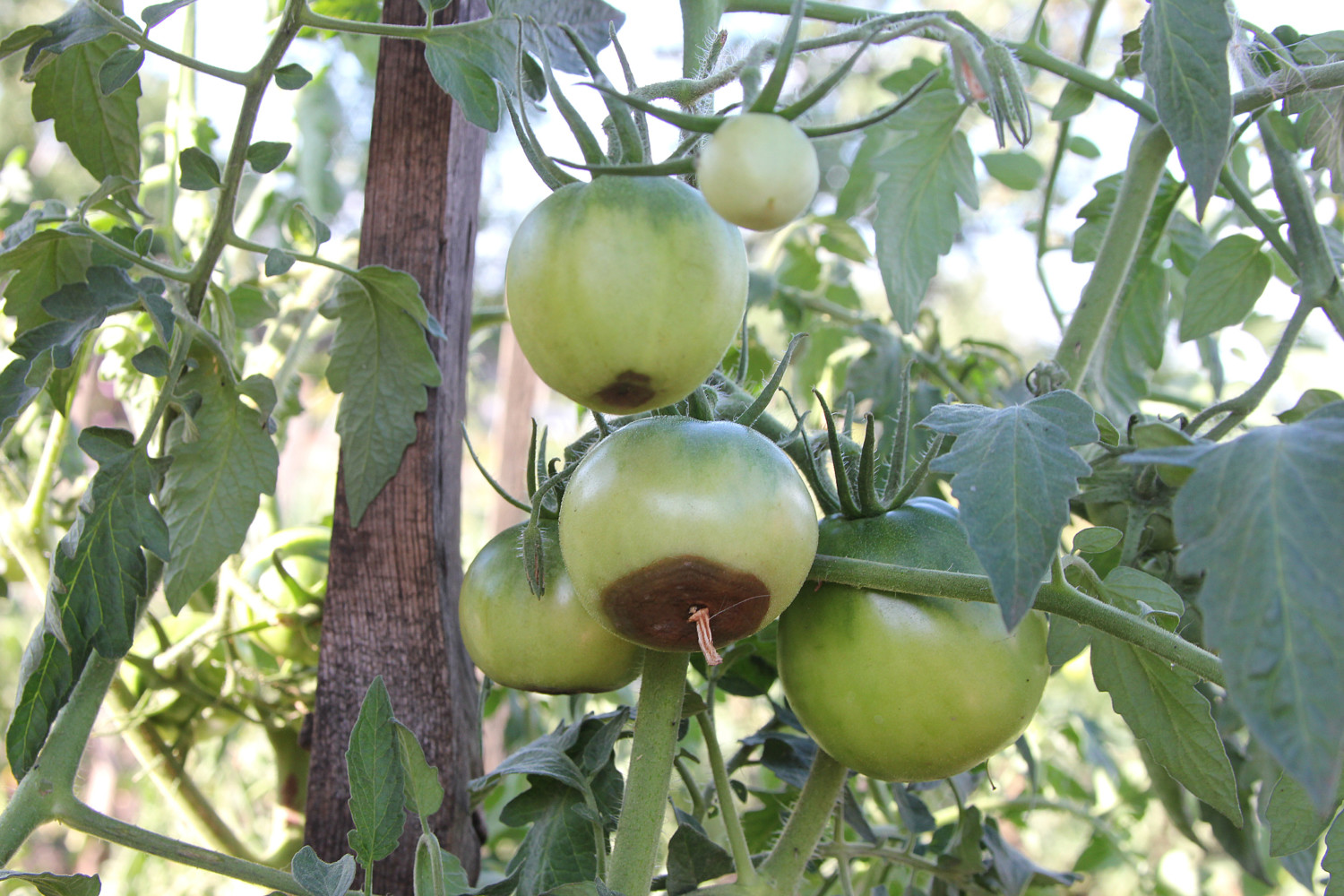
Holes In Leaves
Several culprits might cause your garden to look like a lacy mess. Slugs or insects such as earwigs are primary offenders, helping themselves to meals of your plants’ leaves. Certain fungi can create holes in leaves as well. Ensure plants have proper circulation, keep them thinned and weeded and use your preferred methods to protect them from critters that might damage the plants.
Powdery Mildew
One of the most widespread diseases found in gardens, powdery mildew appears as patches or spots of white or gray powder-like growth on leaves, stems, buds or young fruit. Although many garden plants have been developed to be resistant to the disease, powdery mildew is severe in warm, dry climates. Along with proper fungicide, removing the damaged plants, avoiding overwatering and pruning to increase circulation can help eradicate this condition.
Distorted Leaves
Garden plant leaves can become distorted for a variety of reasons. Pests, such as aphids and caterpillars, can cause leaves to curl. Check the undersides of leaves for telltale signs, such as white shed skins or live insects. Disease, such as potato or tomato blight, can lead to browning and curling, as well. Another problem could be heat stress, which can lead to misshapen edges. Proper pest control, fungicide use, appropriate watering and mulch can prevent and cure most of these issues.
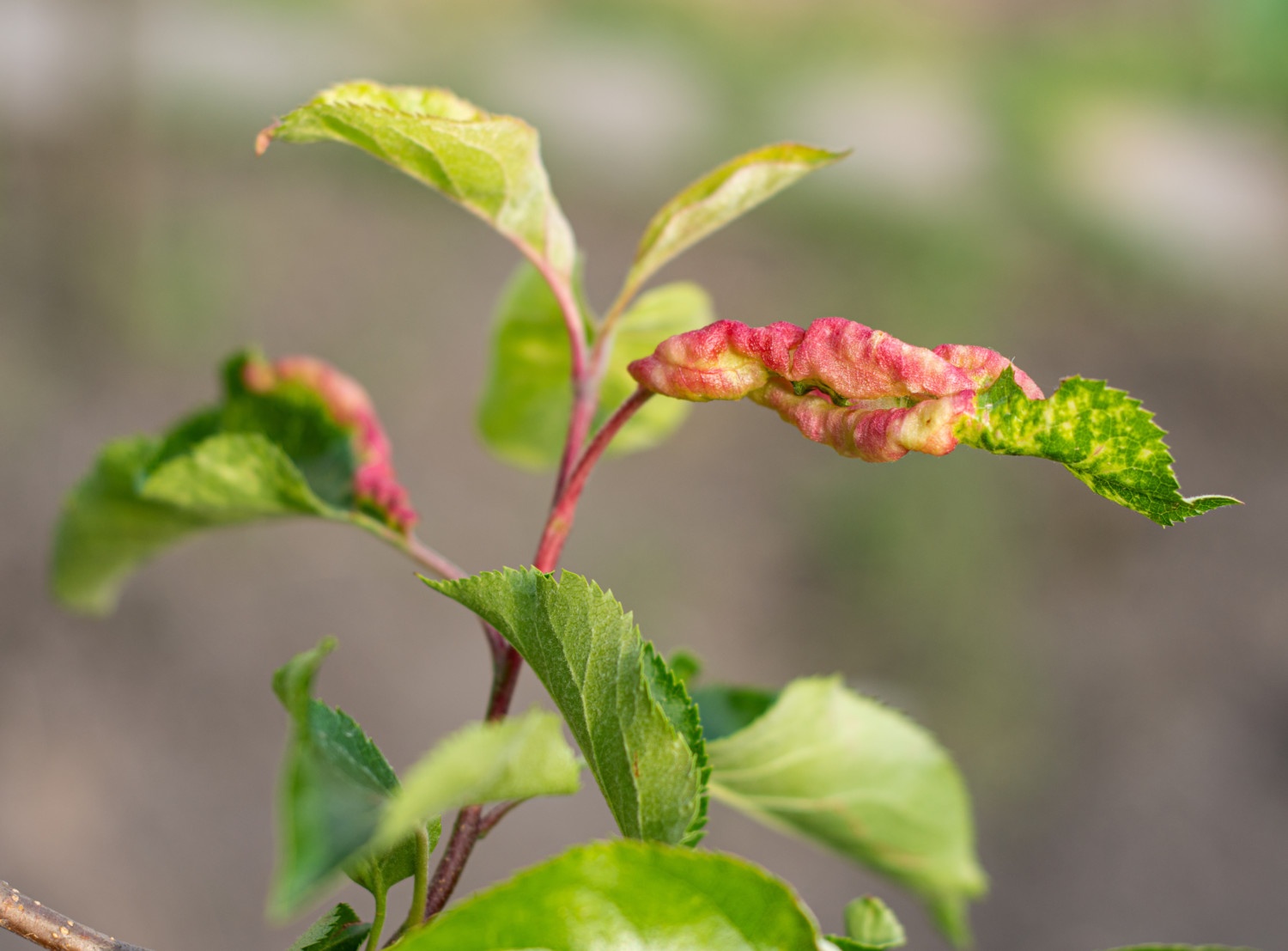
By paying attention to the signs your garden is giving you and taking action as soon as possible, you can enjoy beautiful, lush results throughout the growing season. Enjoy!


